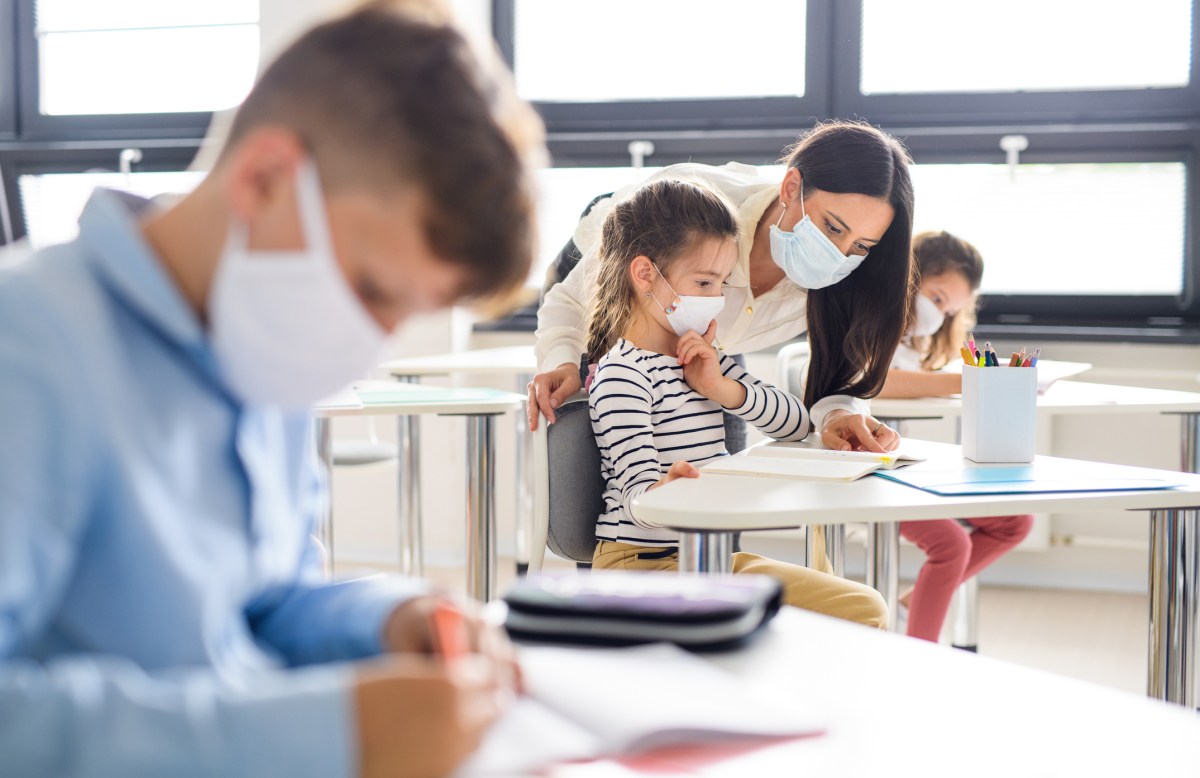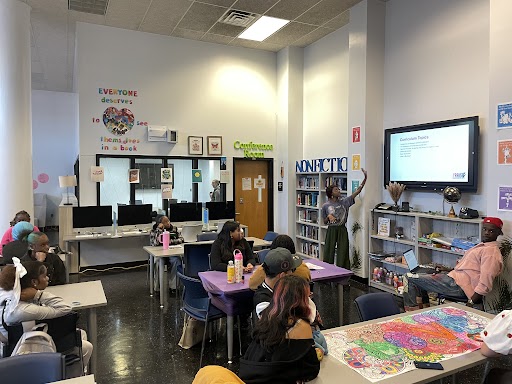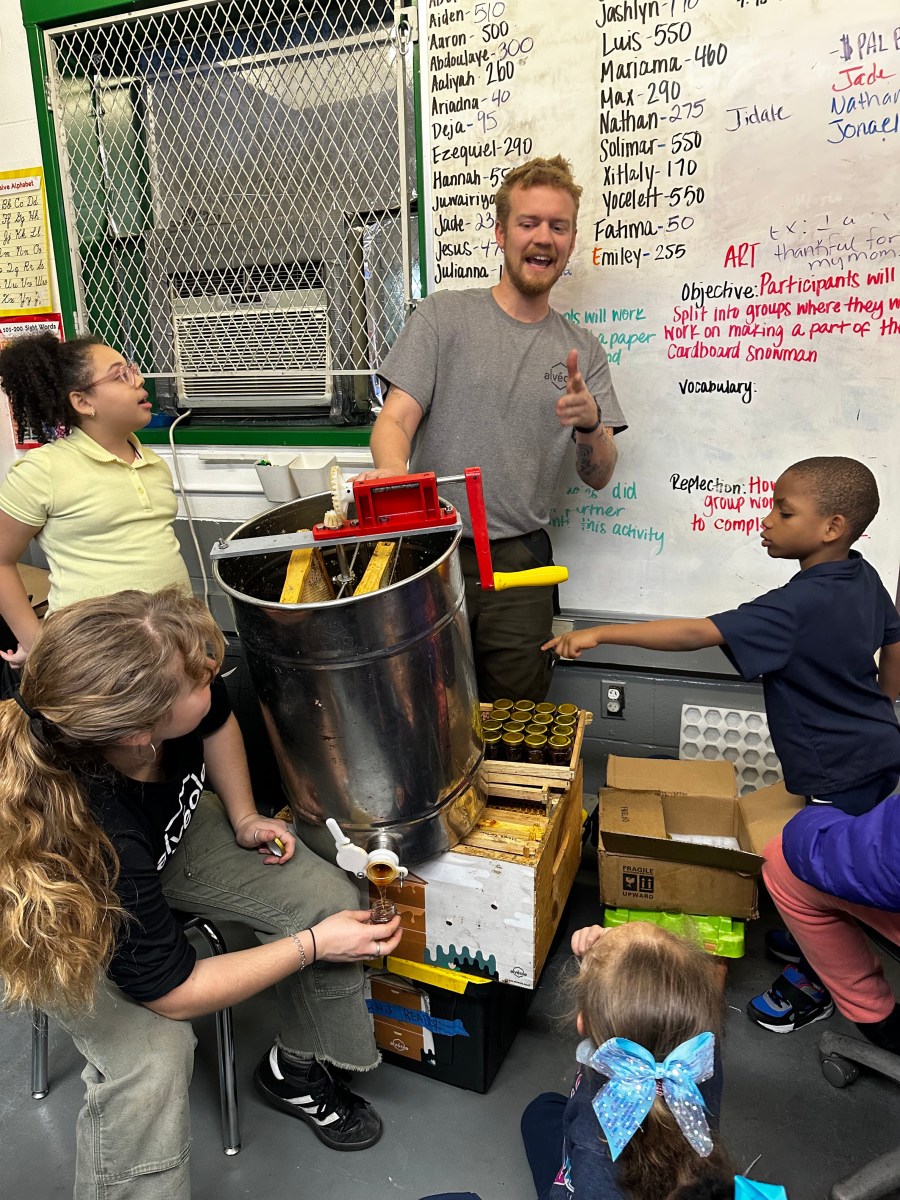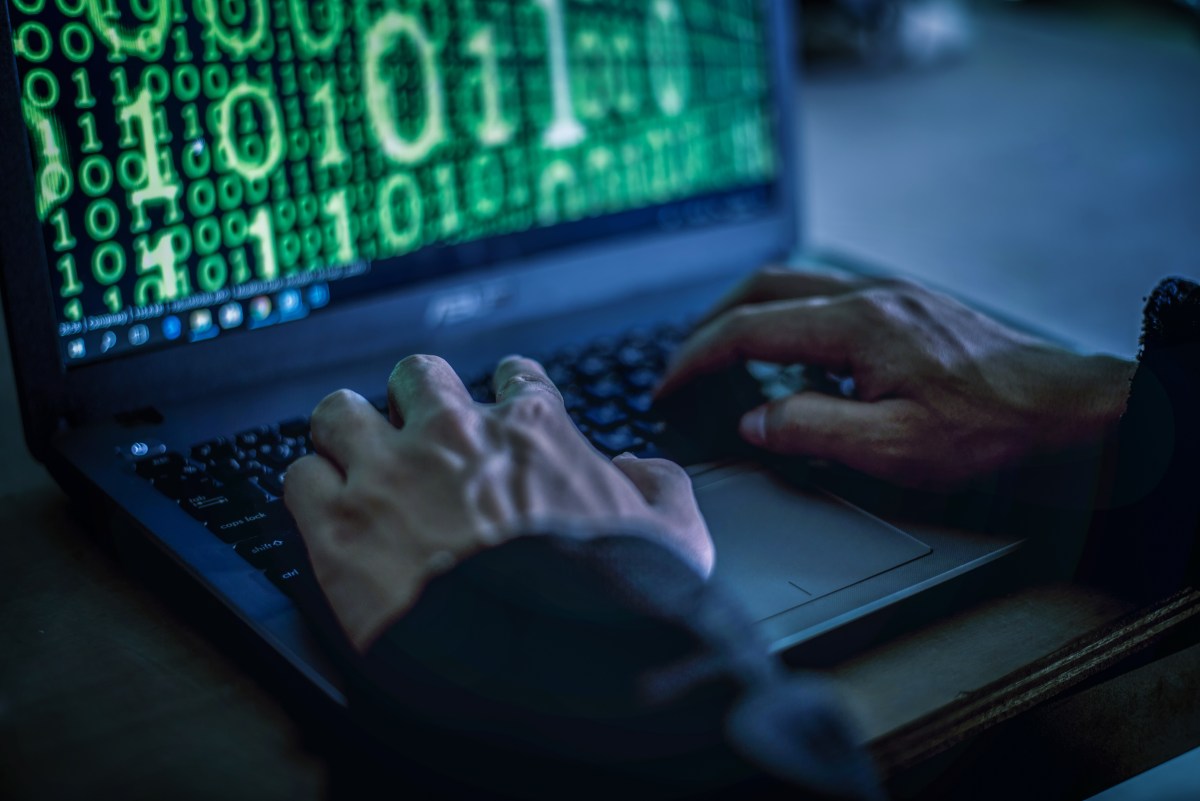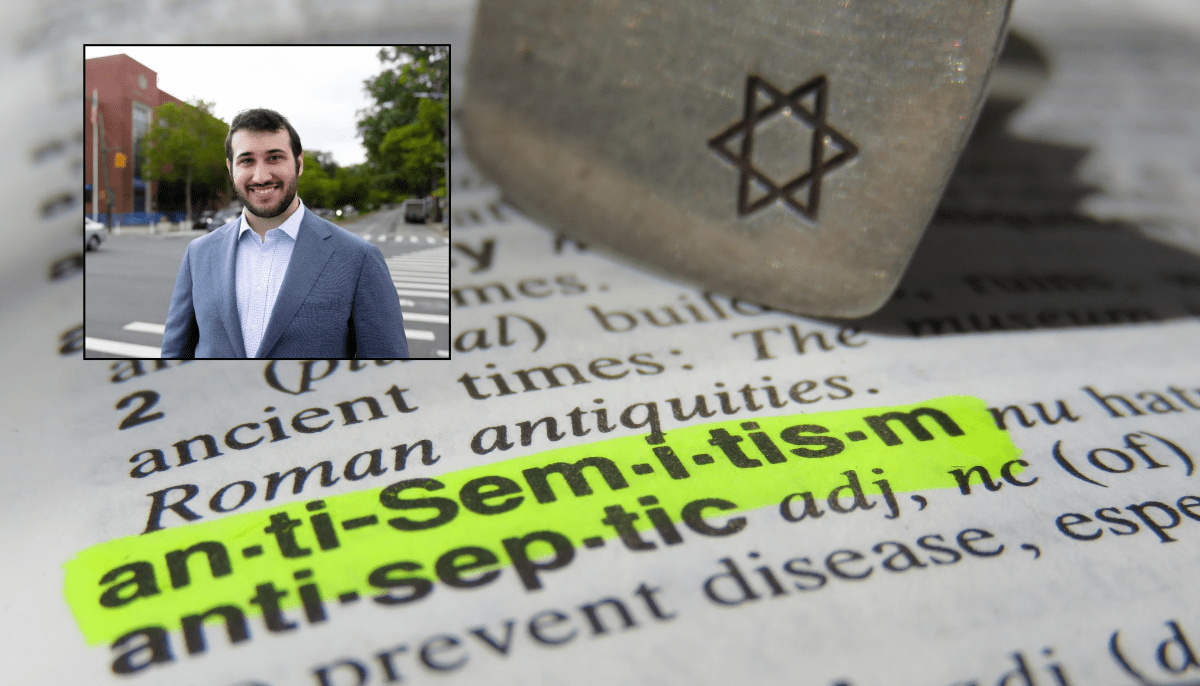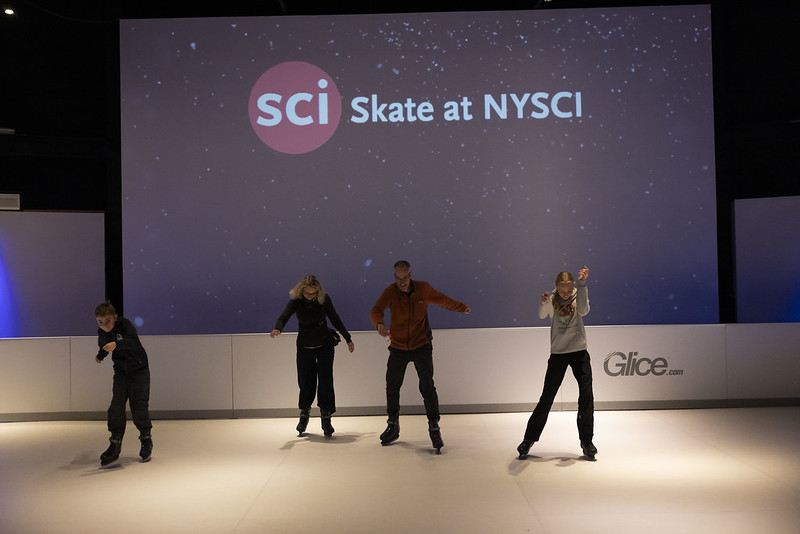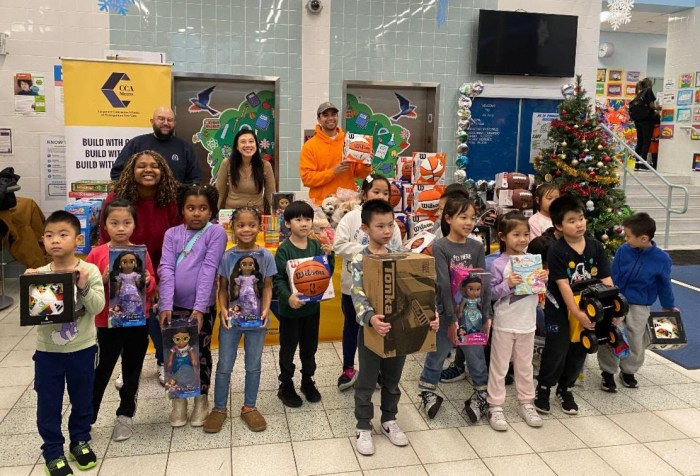New York City public schools will not physically reopen for all students on Monday, Sept. 21, Mayor Bill de Blasio announced on Thursday.
Instead, the city will roll out a phased-in approach by grade for students choosing to return to buildings as a part of the city’s hybrid model.
Only students in Pre-K, 3-K and district 75 schools, which serve the city’s most disabled students, will return to buildings on Monday to take part in hybrid learning.
Students in K-5 grade schools and K-8 schools are now scheduled to return to buildings on Tuesday, Sept. 29. Middle, high school, secondary, transfer and adult education students can expect to go back to their physical classrooms on Oct. 1.
An additional 2, 500 substitute teachers will be ready to help instruct hybrid students by Monday, officials added. For weeks, teachers and principals have expressed concern over staffing shortages caused by blended learning in which students learn in schools and from home.
New substitutes will be Department of Education staffers previously working at the city’s Regional Enrichment Centers which closed earlier this month and a mix of City University of New York adjunct professors, graduate students in history, mathematics and the sciences along with teaching students, officials said.
Now, the city has promised to supply short-staffed schools with a total number of 4,500 extra teachers after officials pledged on Monday to find 2,000 substitute teachers to help with staffing issues created by blended learning.
But that number still falls short from what the city’s teacher and principals union say is needed to make blended learning possible. Both the United Federation of Teachers and the Council of School Supervisors and Administrator estimate that 10,000 more teachers are needed across schools in the five boroughs to fill staffing shortages. A report from the Independent Budget Office released Thursday projects that public schools really need closer to 12,000 teachers and substitutes are need to meet the demands of hybrid schedules.
“Sometimes you have to put the right people in the right room and recognize that has earnest as everyone’s efforts have been throughout the Department of Education, certainly in every school, the information flow about what exactly was needed where needed to be improved,” de Blasio told reporters.
“When I heard Mark [Cannizzaro] and Michael [Mulgrew] talk about specific school staffing needs that were still not being resolved in time enough…I heard an honest concern and it was clear to me that we did not have a clear enough number,” de Blasio added.
Parents and school staff have raised concerns over the city’s plan to reopen schools, including staffing issues, for weeks. Thursday’s announcement is the second time the mayor has delayed the start of in-person classes this fall. Originally, the school year was set to begin on Sept. 10, but after weeks of pressure from parents, teachers and principals to delay students’ return to school buildings, the mayor gave in. School communities cited worries over proper ventilation in school buildings, the supply of personal protective equipment, staffing shortages and a lack of clear planning as reasons to postpone in-person classes.
The second delay is the latest in a series in surprise discoveries about hybrid learning. Last week parents learned that remote learning students would not need to be taught by a live instructor and that in some public schools even in-person instruction will be conducted online.
“I am incredibly drained,” said Naomi Peña, a member of the parent council in Manhattan’s District 1. “The constant changing of information is literally exhausting.”
“New York City public school parents understand we’re dealing with an incredibly difficult situation, a really imperfect situation. They understand the real life of the city,” de Blasio told reporters when asked what he had to say to parents grappling with hourly changes in school year protocol. “Who are the parents of New York City public schools? They are overwhelmingly working-class people and lower-income people and certainly some middle-class people as well. There are overwhelmingly outer-borough residents, they are people who understand the realities of life and they’re not shocked when something this difficult has to be adjusted from time to time.”



